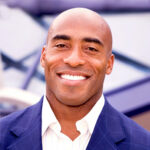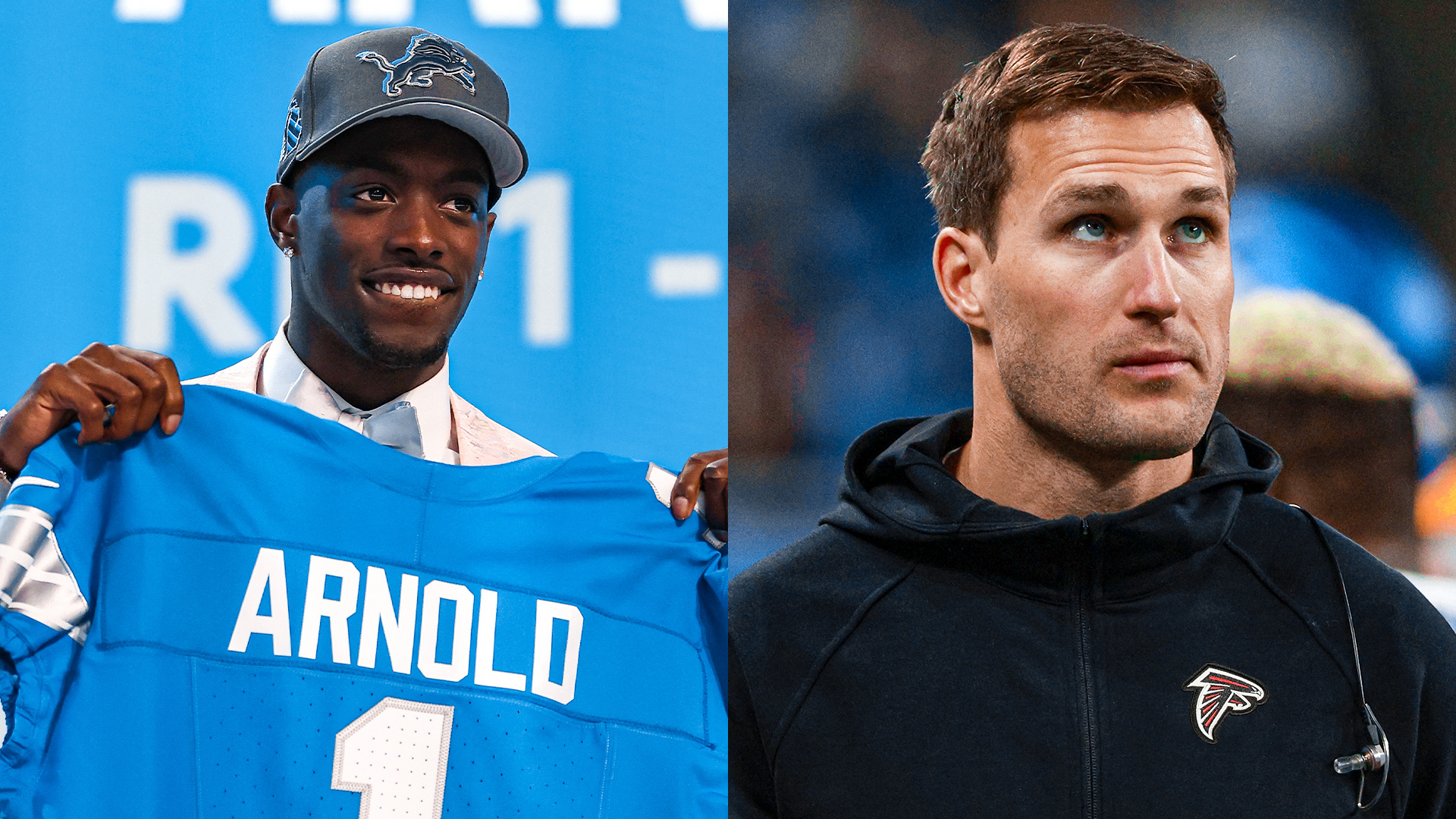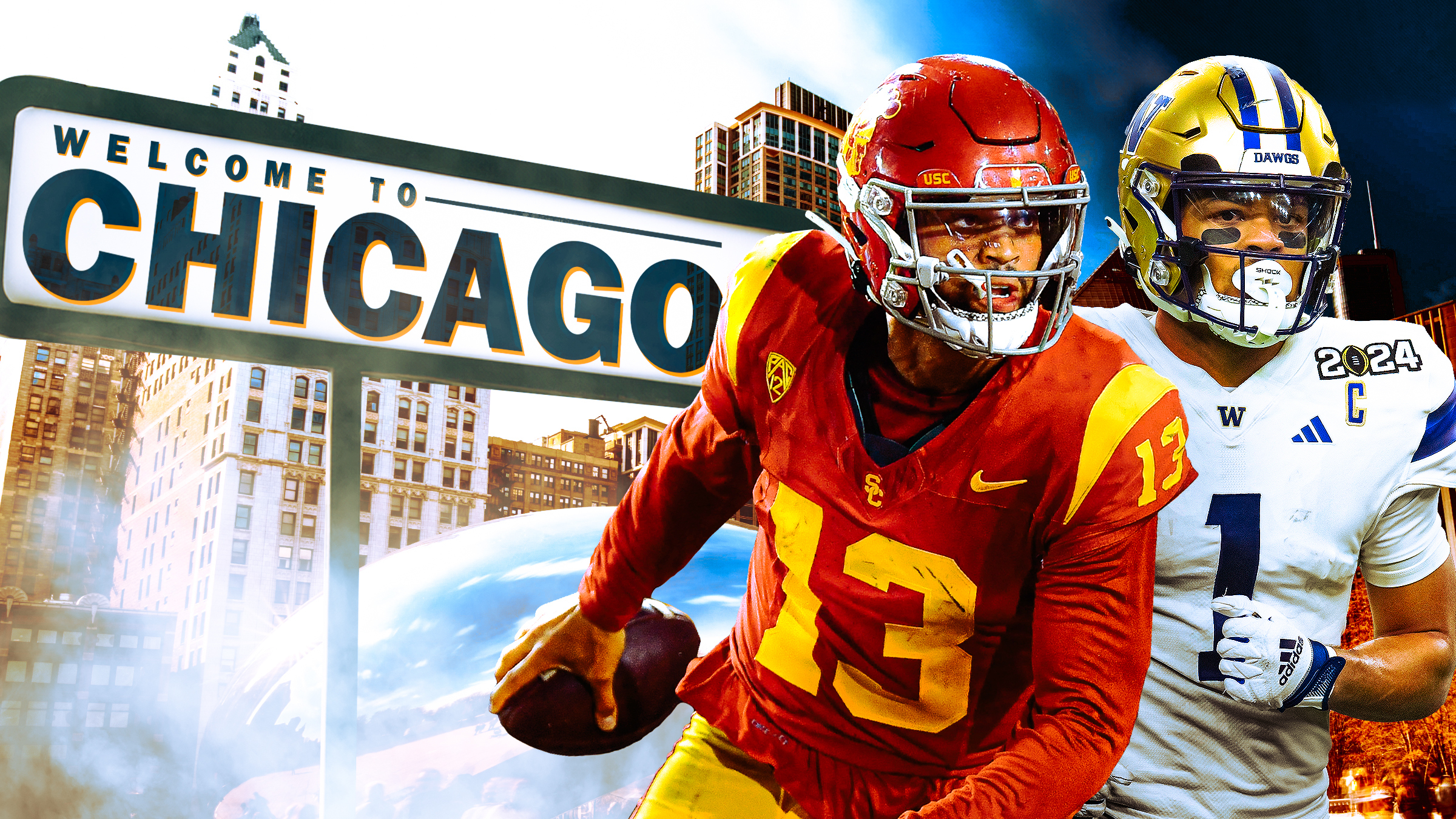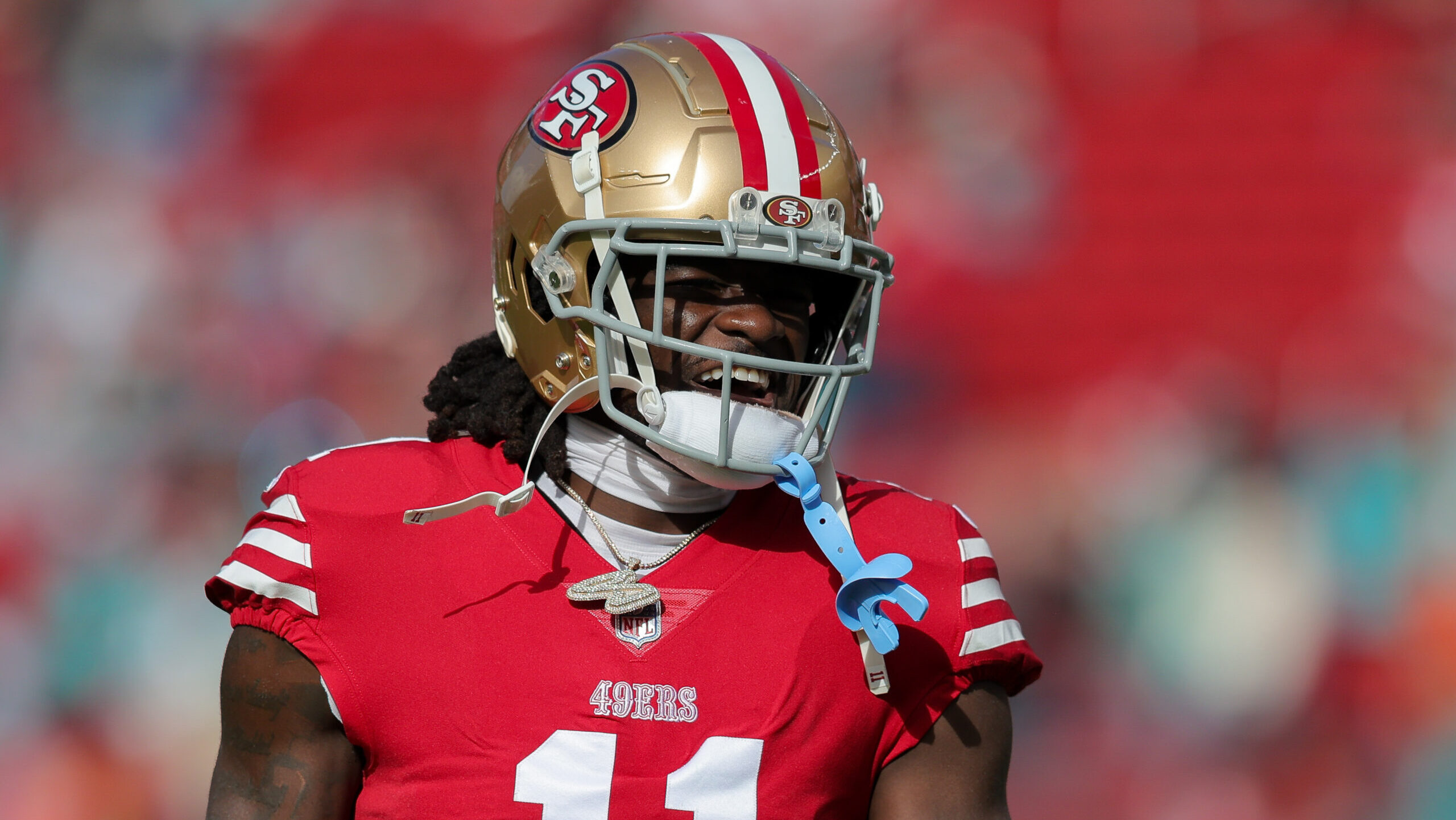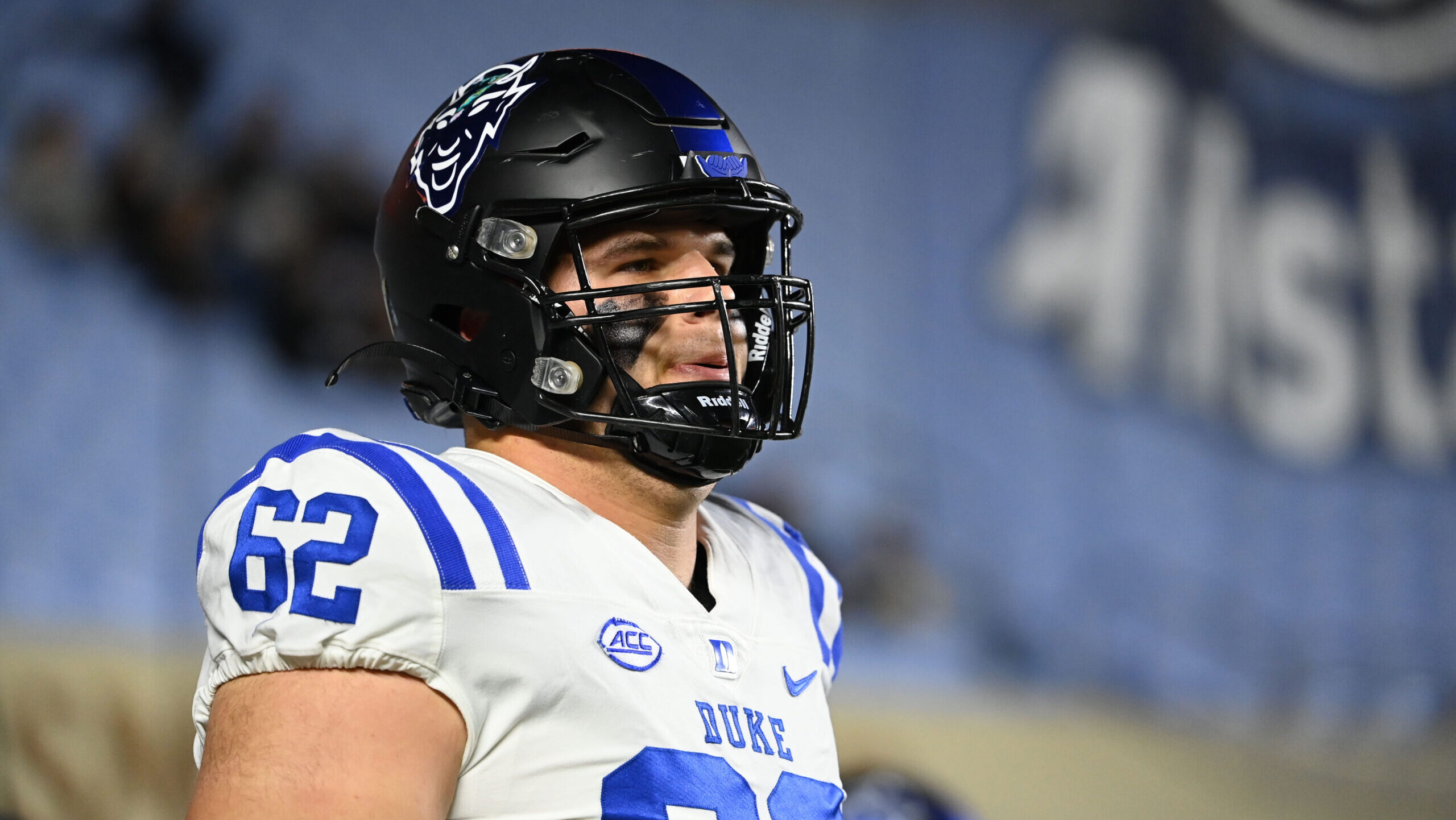Analysis
1/14/23
8 min read
Led by Brady, Herbert and Mahomes, NFL Playoffs Full of 'Generational' QBs
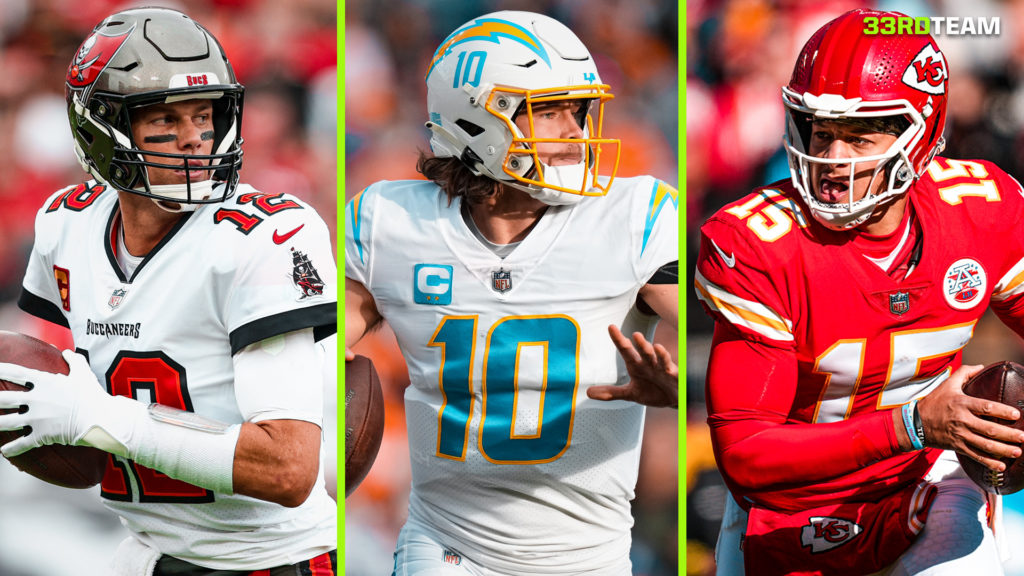
After almost 20 years of coaching in the college ranks, I got my first job in the NFL as the quarterbacks assistant with the Rams in 1992. The late, great Ernie Zampese was the offensive coordinator in St. Louis at the time.
I asked Ernie one day how he evaluated quarterbacks.
“Michael, there are three things to look at,” he said. “One, accuracy; if the quarterback can’t throw it straight, nothing else matters. Two, toughness. Three, intelligence.”
There are many thoughts on how to evaluate quarterbacks and how their abilities should be prioritized. Most teams have a long and weighted list of traits.
Ernie continued in detail on Nos. 2 and 3, but he encapsulated all of it perfectly by saying that anything other than those three traits – like size, arm strength, speed, etc. – was icing on the cake.
Please understand: Ernie is one of the most respected offensive minds in the history of the game, even though he started on the defensive side of the ball at San Diego State, where Don Coryell – perhaps the game’s most innovative offensive mind – hired him to be his defensive backs coach. After a short stint as a scout with the Jets, Coryell hired him in San Diego to coach the Chargers' wide receivers.
He had as much to do with the development of the “Air Coryell” offense as Coryell himself.
Needless to say, that day I hung on his every word, and I used those three traits to evaluate quarterbacks for the rest of my career.
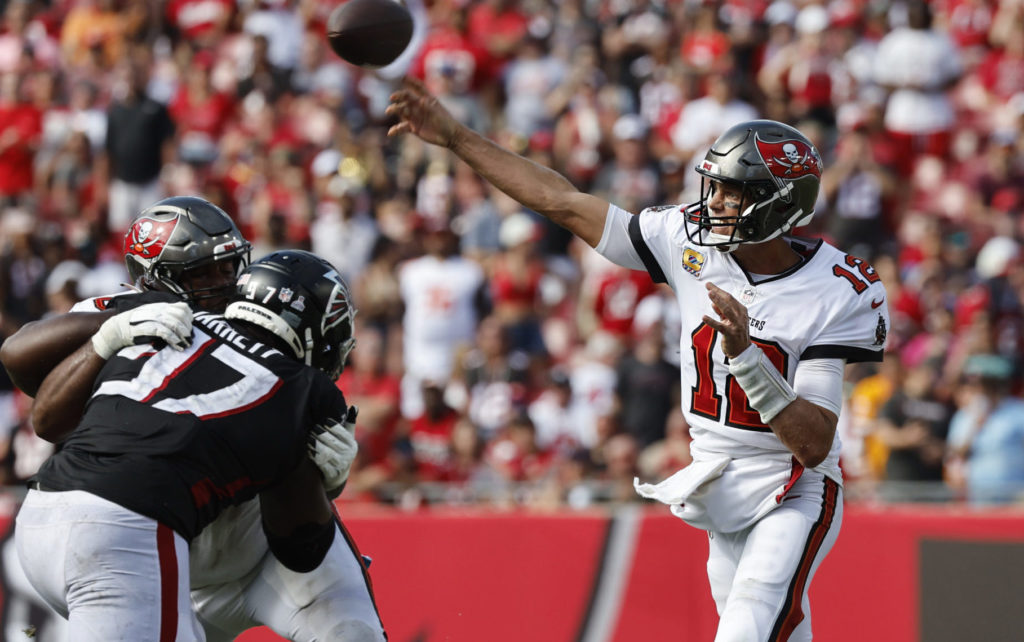
Accuracy: Can it Be Improved?
This is the most important of all the traits. Can you help a quarterback become more accurate? It’s a question that comes up quite often, and the answer isn’t simple.
If a quarterback has a good degree of accuracy but is inconsistent, then yes, accuracy can be improved. Chances are with a quarterback like this, he is not a balanced passer. His mechanics and balance are inconsistent.
Throwing the football is a system of levers that starts in the legs and finishes through the forefinger. Bent knees and level – or flat – shoulders allow quarterbacks to use the legs and drive the ball at the target accurately. Tipped shoulders, down or up, change the line of force and inertia. Stiff legs can cause this also, along with a narrow base.
Of course, there are going to be times when the quarterback isn’t balanced and has to rely on just his arm and natural ability to complete the ball. Consistency is the issue. A good base, bent knees, flat shoulders, ball held in the sternum, gives the quarterback the best chance of consistent accuracy.
Spin on the ball is a very important aspect of accuracy. Grip has a lot to do with it. The hand should be on the upper quadrant of the ball in a cocked position. How far toward the tip varies by hand size and comfort. The fingertips should be the only contact with the ball. These are the pressure points. A quarterback should be compact with the ball when taking it back by swinging, not dropping it down.
How it starts forward is unique to each quarterback. Spin on the ball helps the accuracy, grip affects spin. This is an oversimplification, but they are the basics for accuracy.
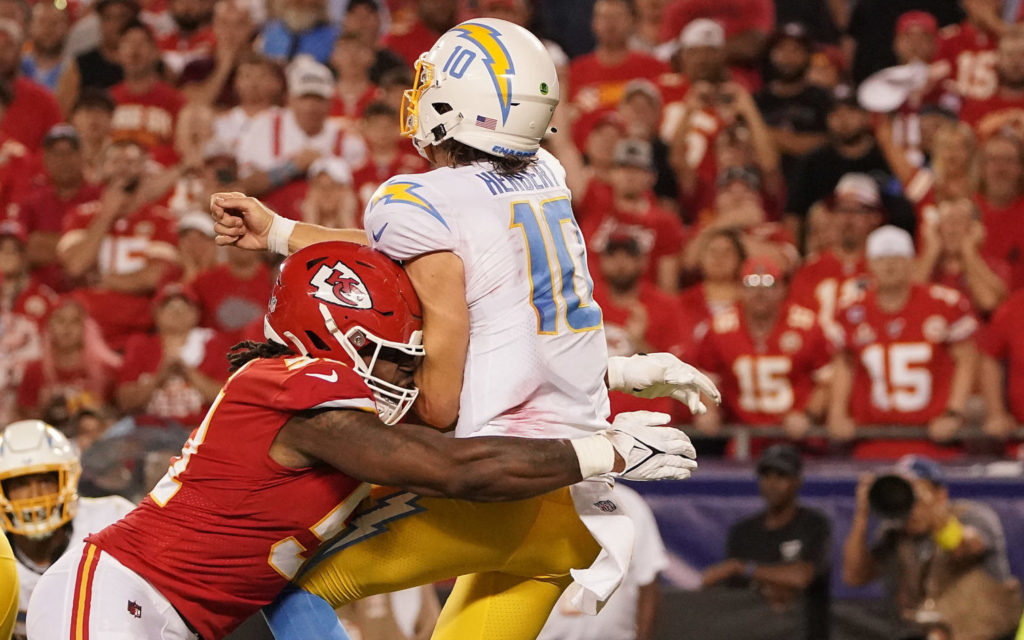
Toughness: Mental and Physical
This refers to mental and physical toughness. The former is sometimes hard to evaluate.
Generally, the quarterback should be at his best when things are at their worst. I prefer him to have steady control on his emotions, cool under pressure. He should stay within the discipline of the offense and not play in a panic.
Overall, you would like him to be the best competitor on the team. His competitiveness should manifest itself in how well he prepares. Conviction is the core of his mental toughness. A deep conviction about his ability and what he can accomplish is a must. The truly great ones have a conviction to be the best ever.
Physical toughness refers to the ability to stand in and make good throws under duress – to make good throws knowing he will get hammered. This is a rare quality that generally separates the good from the ordinary.
He has to be able to play through bumps and bruises. Every quarterback gets hand, finger, and rib injuries. Having a mentally and physically tough quarterback usually commands the respect of the team and results in a good leader.
Intelligence: Read-and-React
This type of intelligence doesn’t necessarily refer to IQ, but refers to two qualities: 1) The ability to learn, internalize and apply information, and 2) the ability to react to what he sees without thinking about it.
The latter is what separates great quarterbacks from good ones, and is the most critical. He needs to be able to understand and process what he’s seeing in a fraction of a second. This allows the ability to anticipate throws.
Certainly, there are many other traits used in evaluation, but these three are the foundation of a successful NFL quarterback.
Why Brady is the GOAT
As we embark on the NFL playoffs this weekend, most of the quarterbacks still playing embody all three of these traits.
The one that's obviously the best ever is Tom Brady. And he is because obviously he's extremely accurate. A lot of quarterbacks are accurate, but the toughness it takes to play at the Hall of Fame level he’s played at for the last 20-plus years makes him one of the greatest of all-time, if not the greatest. That, along with the three traits discussed above, makes him untouchable.
The football acumen or intelligence we talked about, which is what I call “quick-twitch” ability – where the quarterback can see things quickly, process it and get the ball out immediately – Brady has always had that.
Among the younger quarterbacks today, Patrick Mahomes is the standard. The deeper into a game he gets, the more comfortable he becomes. Brady was always that way.
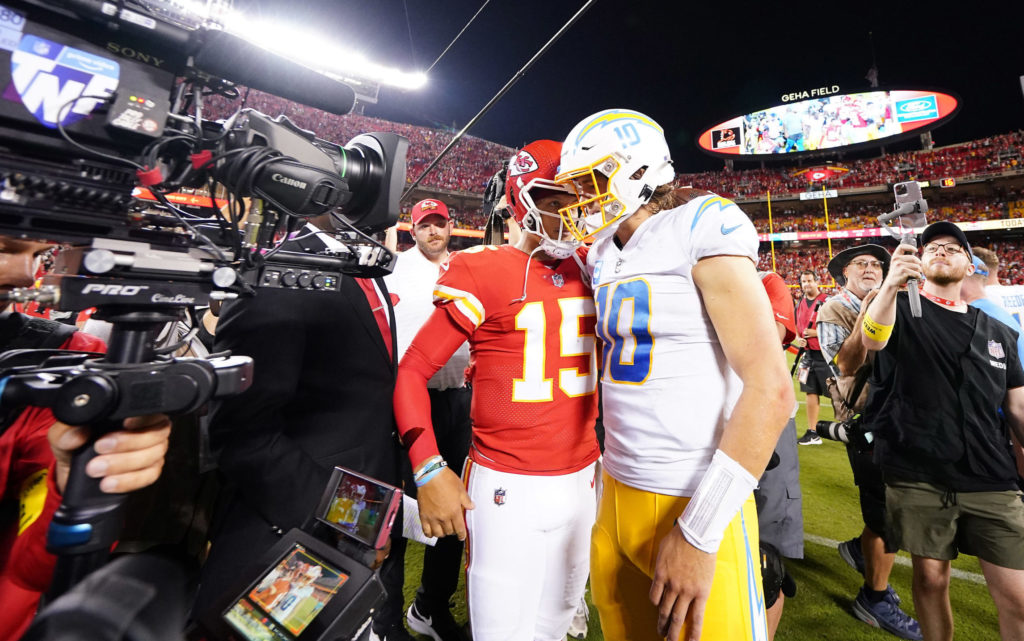
What Makes Herbert Special
The NFL quarterback that is really intriguing to me – and who has been since the first time I saw him play at Oregon – is the Chargers’ Justin Herbert. There's something different about him that only comes along every 50 years or so.
The thing that shocked me about him in college was how fast he moved his feet, but he didn't always utilize that skill. He’s a big guy – 6-foot-6, 236 pounds – and all his measurables are off the charts. Tall, very intelligent, accurate, big arm.
I don't know if anybody is more accurate in the league today than Herbert with some of the throws he makes. He’s very much Brady-like in that manner. You have to go back and slow it down and watch where he puts a ball 30 yards down the field within a window that might be 18 inches wide to gain full appreciation.
That's a gift from God.
It showed up from Day 1, when he subbed in for Tyrod Taylor at the last second and made his NFL debut as a rookie without taking any first-team snaps during the week. He got the ball out quickly by reading and reacting and making accurate throws in tight windows, which showed up throughout his rookie season and continues today.
You have no idea how rare that quality is. It’s that quick-twitch I talked about. That's the intelligence part of it, where he can see it, react and quickly release a good, accurate ball.
Then there’s the toughness. He stands in a collapsing pocket, with stress all around him, better than anyone in the game today. Remember the Monday night season opener for the Chargers, where he took a big hit, fractured rib cartilage, returned after missing just one play, and nearly brought his team back to beat the Chiefs? That’s what I’m talking about.
And he can run, too. He can take off like Mahomes. That’s what makes both of them so dangerous. At any time, they can take off and run, but they’re also not afraid to stand in there, under duress, and make throws down the field – great throws to win games – knowing they are going to put their bodies in harm’s way.
That’s where their bread is buttered. That’s what makes them generational talents. To me, those two right now are playing at another level.
Mike Martz is a former NFL head coach and offensive coordinator, most notably for the St. Louis Rams. He was the OC for the Rams’ "Greatest Show on Turf" offense in 1999 when they won Super Bowl XXXIV. As head coach, he led the Rams to two division titles, and an appearance in Super Bowl XXXVI.

